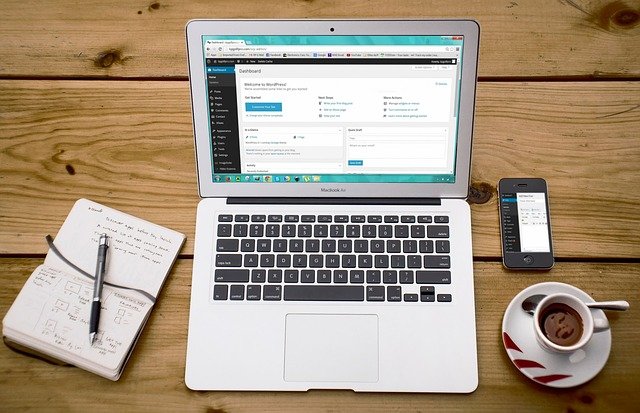If you’re planning to create a personal professional website, this article will help you get started. It covers the domain name, the content you should include on your website, and how to build credibility. Here are some tips to keep in mind:
Featured websites
A featured personal website makes it easy for people to find you and make an informed decision. People who design and manage personal websites need to be creative and innovative. Using a pop-up to sell a book is an effective way to attract attention and get your website noticed. But the pop-up must be well-designed so that it does not annoy viewers. Here are some examples of featured personal professional websites. This list may help you create a compelling website.
A personal website should showcase personality. While it may be personal, it should also convey seriousness. Make sure you have several large, high-quality photographs of yourself and your family. You can also use your website as a social resume. Use it as a tool during the job search, and promote it as an extension of your personal brand. For example, Mindy Nguyen, a visual artist and designer based in Los Angeles, works with ilovecreatives Studio on branding and design. Another example is Shane Kinkennon, an executive leader who helps principled executives untangle impediments. This personal professional website features bold colors and a design that conveys confidence and expertise.
Domain name options
You can choose from various domain name extensions for personal professional websites. Generally speaking, you should avoid domain names with numbers or hyphens. Such extensions will make the domain name harder to spell and slow down the website’s spreading. Here are some ideas for personal domain names. Listed below are three examples of personal domain extensions that you should avoid:
First, consider the expansion potential of your site or business. You may already have an idea of what the ideal domain name would be. Try entering a few keywords into a search tool. This tool will list available domain names, including TLDs you’ve never heard of. In addition, consider how long you would like your domain to be. Remember, a shorter domain name is easier to remember than a long one.
Content to include on a personal professional website
A resume tends to read dry. It’s limited to one page and offers little opportunity to highlight unique qualities or demonstrate creativity. In contrast, a personal website can be customized and updated to highlight your strengths and draw in new readers. A resume is often difficult to keep up with changes in the world of technology, but with a personal website, you can always update and change things as needed.
A personal website is an excellent tool for a professional, but it’s important to know what content to upload to make it as effective as possible. Your biography is an essential part of a personal website. Including general and professional details about yourself will help potential clients or customers get to know you better. You should also have a photo and a brief video, as they are the most popular content on a personal website.
Building credibility on a personal professional website
The content is among the most crucial factors contributing to building credibility on a personal professional website. People are interested in what you offer and your content can help them in that regard. Moreover, credible content allows you to remain in the minds of your visitors. Moreover, authentic images, videos, and messages can also validate the legitimacy of your business. The following are some of the most effective ways to build credibility on your personal professional website.
Website usability: When the site is user-friendly, its credibility increases. Similarly, if you have broken links, your credibility is reduced. Several ways can help you achieve this. You can also make your content more engaging to visitors. Ultimately, credibility is the most effective way to draw the attention of your target audience. But how can you build credibility on your personal professional website? Read on to find out.
Adding testimonials to a personal professional website
The most important thing to remember when adding testimonials is to ask nicely. If you can get LinkedIn recommendations, it’s even better. Then, once you have a testimonial from someone, you should ask them to post a link to their personal page. On the other hand, a case study is a complete story involving the whole relationship between the client and your firm. These testimonials are perfect for websites with complex solutions and a lot of content.
Including testimonials on your personal professional website can help you gain credibility, but making them sound as authentic as possible is important. Make the customer the star of the testimonial. Include photos, designations, and other pertinent information. If possible, mention specific statistics and the product or service they used to make the testimonial. This will add more credibility to the testimonial. Also, mention if a client or an employee wrote the testimonial.







Recent Comments